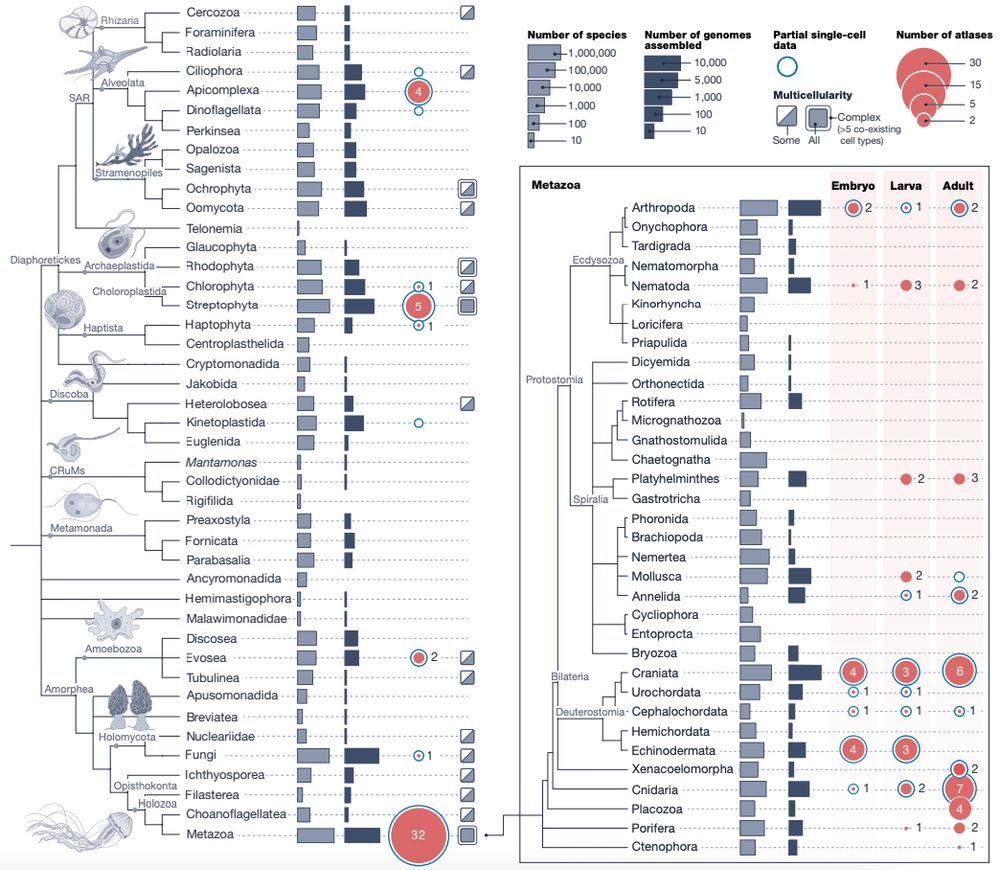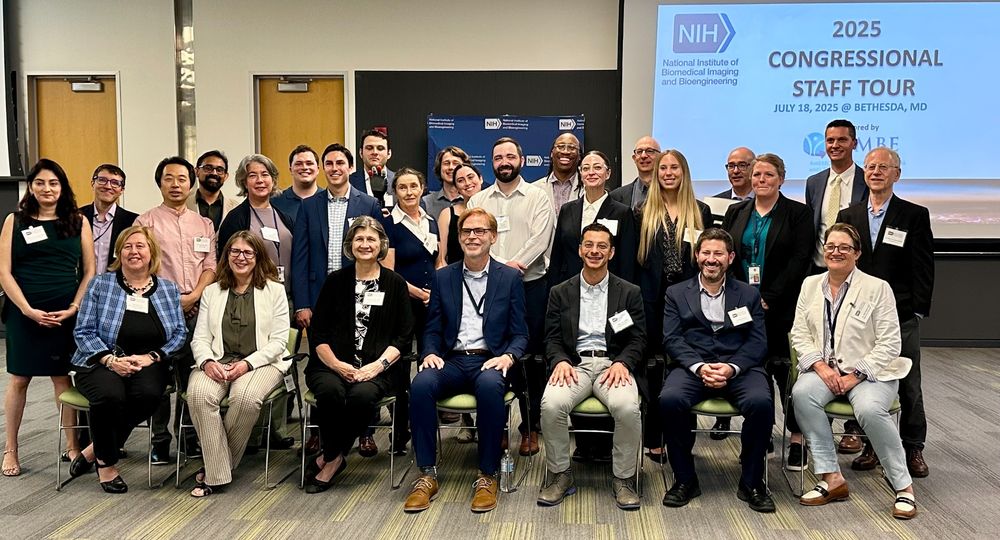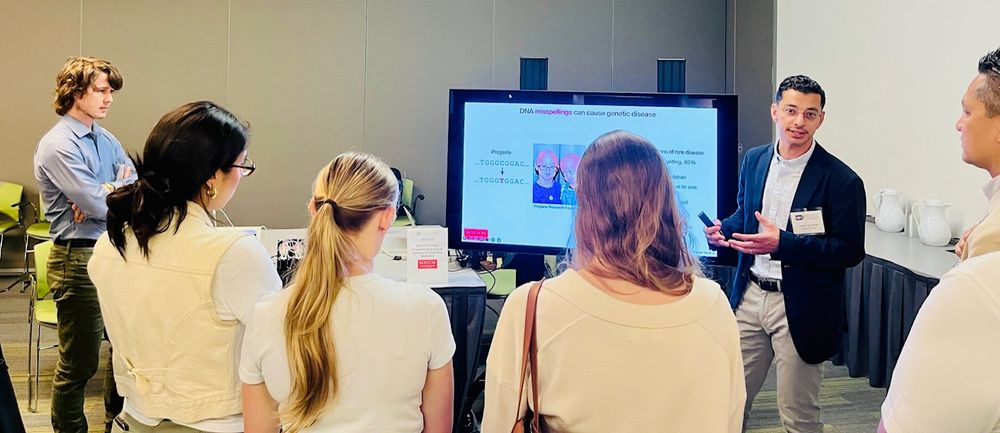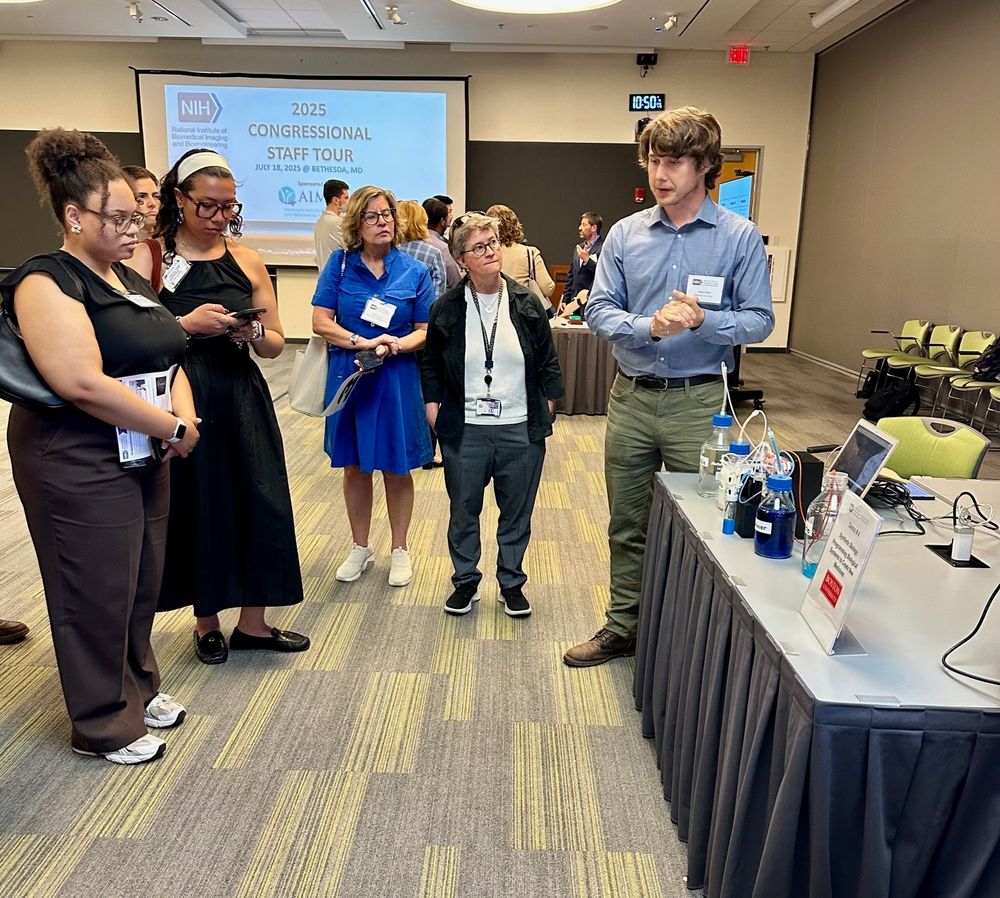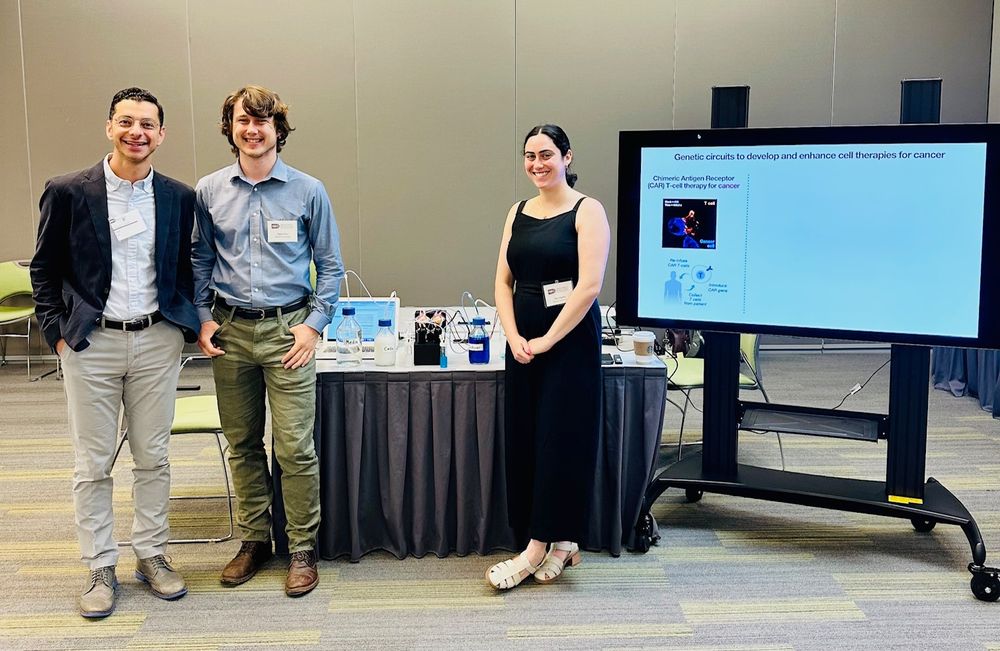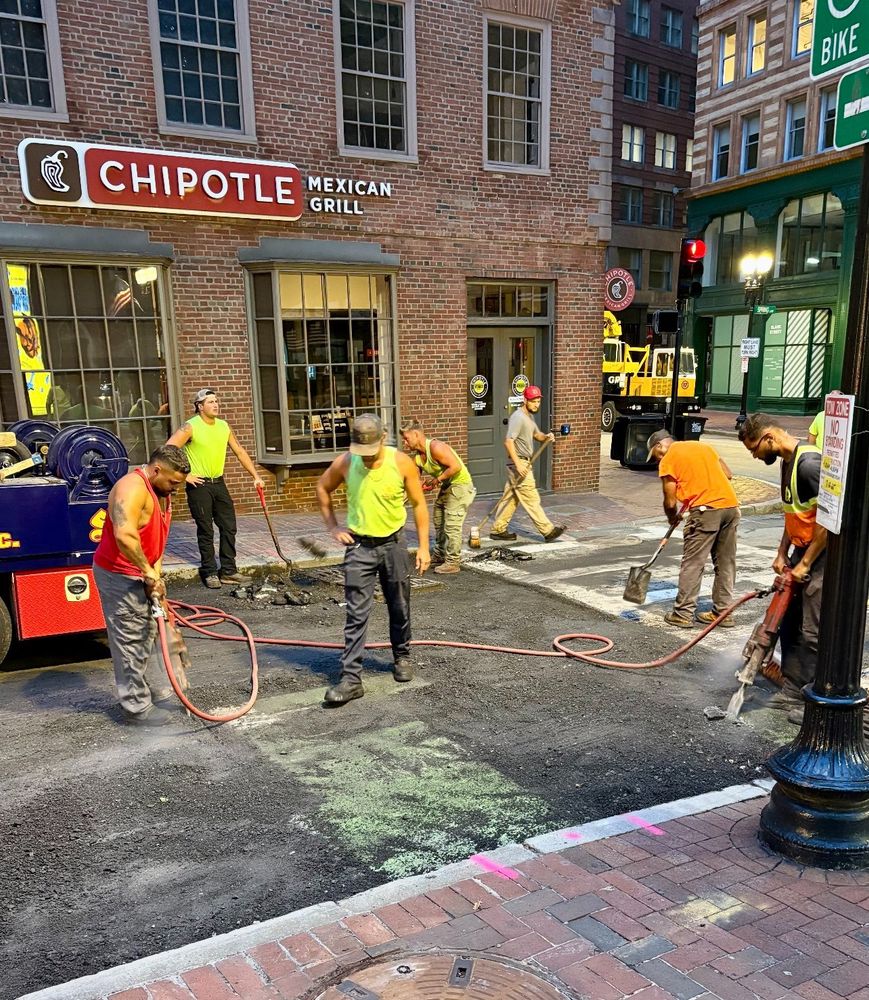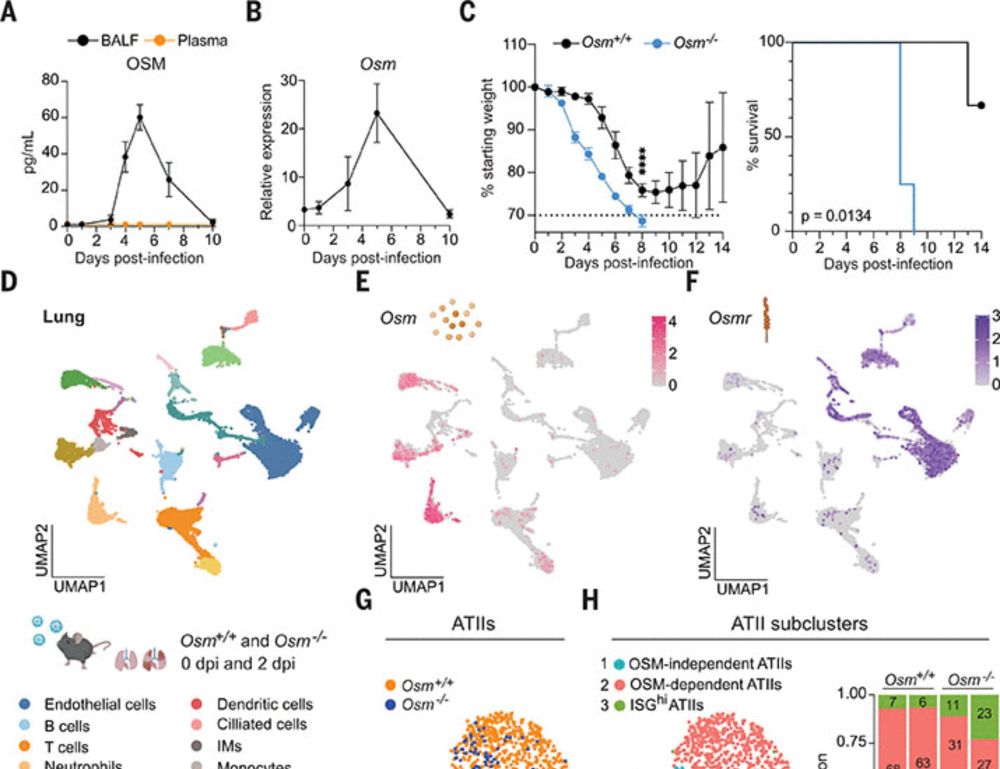siddhartha jena
@epijenatics.bsky.social
190 followers
560 following
20 posts
buenrostro lab postdoc @ harvard/broad institute. stoked about chromatin, evolution, and bioengineering.
sidujena.github.io
Posts
Media
Videos
Starter Packs
Pinned
Reposted by siddhartha jena
Reposted by siddhartha jena
Reposted by siddhartha jena
Reposted by siddhartha jena
Reposted by siddhartha jena
Reposted by siddhartha jena
Reposted by siddhartha jena
Reposted by siddhartha jena
Letterboxd
@letterboxd.social
· Jul 13



